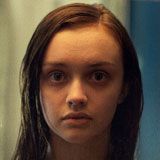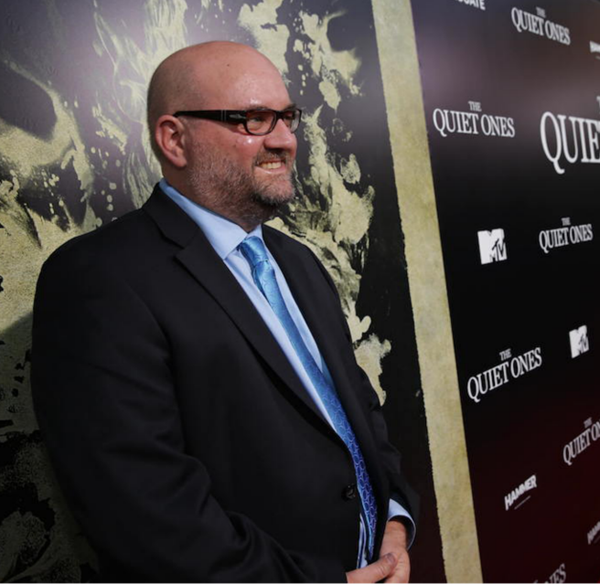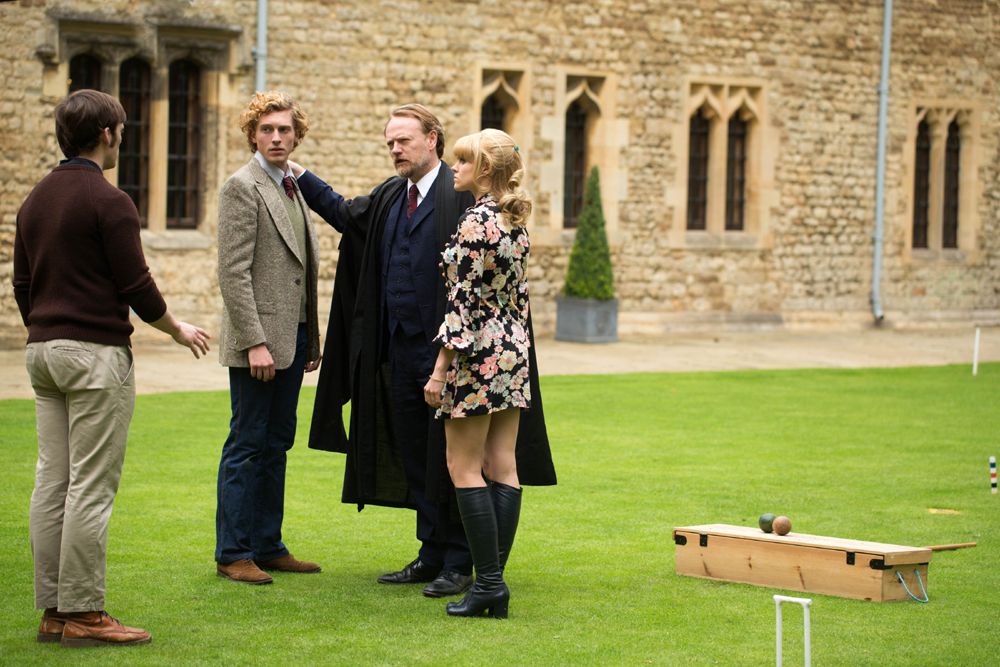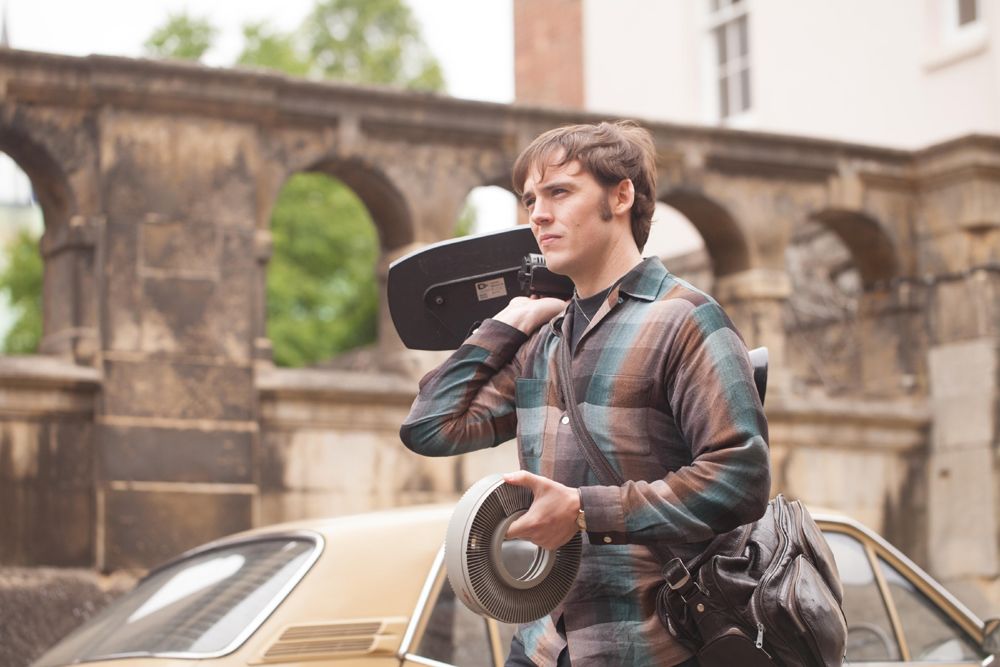Writer/director John Pogue knows his way around thrills, chills and big scares. After making his screenwriting debut with U.S. Marshals, the 1998 sequel-of-sorts to The Fugitive, he became a journeyman scribe of high-concept genre, crafting the stories that fueled such early 2000s entries as The Skulls, Rollerball and Ghost Ship before making his directorial debut in 2011 with the well-received Quarantine 2: Terminal.
The filmmaker stepped behind the camera again for The Quiet Ones, the latest entry from horror legend Hammer Films following its successful recent resurrection, this time finding a degree of inspiration in the currently popular “taken from a true story” realm.
During a conversation with Spinoff Online, Pogue revealed where The Quiet Ones is rooted in the real-life ‘70s-era paranormal Philip Experiment -- in which a team of researchers attempted to conjure a phantom out of thin air by creating a painstakingly detailed profile intended to draw the fictional spirit out of their collective imaginations – and where it drastically departs. He also detailed the pluses and minuses of carrying the Hammer torch forward, insisting on a built-in British-ness and how the film’s ‘70s mojo added more than just atmosphere.
Spinoff Online: Tell me what was interesting for you to delve into the Philip experiment and plumb that real-life story for ideas?
John Pogue: It was really exciting. We had the cast read not only the Phillip Experiment, but many of the sort of great social science experiments into the paranormal from the ‘50s and ‘60s – the Milgram Experiment, the Stanford Prison Experiment, obviously. And it was very exciting for me, because it allowed the cast to immerse themselves in that era, but also helped to identify some of the ethical and moral questions that pushing the boundaries of science in that era raised, which we obviously couldn't do today. So it gave them a sense of, 'Oh, well, they actually did this.' A sense of reality. With the Philip Experiment, specifically, a lot of those elements were sort of in earlier drafts of the script, so it became less about that and more about some of the methodologies that they used. The idea that you create in your own head certain characteristics of something supernatural, and then you will them into existence. That was consistent. But I enjoyed it. The more the movie was based in that sort of reality, the more I liked it.
How did the original premise morph into the very different plotline we see in The Quiet Ones?
It morphed from a story about creating a ghost – sort of more specific to the Philip Experiment – to more of a possession love story, where the ideas about how to create a ghost sort of infuse the experiment. And so I was actually the fourth writer, because there was Tom de Ville, Craig Rosenberg, Oren Moverman and myself, and so the script that I got was radically different conceptually, at least from the original script that Tom had written. And so when I approached it, I was really only looking at the prior draft as opposed to the whole spectrum of what the story was about, as often is the case – I was not presented with all the screenplays. It was like, 'Here's the movie we want to make and go with that one.' But as time has gone by, I've gotten more of a broader perspective and seen that things have morphed quite a bit.
Doing a movie for Hammer, that legendary horror brand – tell me how that influenced you, and the effect on the movie itself?
Well, I was a huge Hammer fan – loved the history of Hammer, was quite familiar with it as a writer and a director. And I loved the effort and the flair and the sense of originality and the sense of fun that those Hammer movies often had. And so I was both incredibly thrilled about doing a Hammer movie, but also a little bit daunted because one has to earn one's way into the successful Hammer pantheon. I definitely think that the stakes are a little bit higher because of that, and this was a very, very low-budget production. So we had on one hand no money, on the other hand this incredible legacy to aspire to. So it was an exciting challenge, that's for sure.
Review: "The Quiet Ones" Summons Atmosphere But Can't Find Its Voice
Did the British-ness of the setting and the actual production location affect any of your approach?
Certainly in casting all British actors. I mean, Jared [Harris] lives here [in Los Angeles], but that changed things. That was the biggest core element that influenced how we made the movie. The script that I got was set in England. I fought very hard to keep it set in England because these days, you know, 'Let's make it a South African universe.' Right? But I felt like the British-ness, the sense of melancholy, the Oxford [environment] and the sort of great stone buildings afford the story … the general contrast between the exterior, sort of the British tough exterior, but the inner more sort of vulnerable emotion I thought was important for the characters. So there were a lot of things about it being a British movie, and I think most importantly because it was Hammer, it was important for them to retain its British-ness as much as possible. I also think stylistically, in terms of design of the movie, we really tried to keep a British period feel. The music that we ultimately put into the movie sort of gave that period, but also British flair. So it had a big impact.
Do you find that’ 70s period in which so many great horror movies still live in our collective psyches were made add an inherent spookiness?
Well, we certainly tried to use core elements from that era and make them work in our story, from the sort of dirtying up of the image – often, we put a lot of layers on the 35mm look, and obviously in the 16 and the 8 to try to make it look sort of dirty and gritty like Exorcist and Omen had that, a lot of grain, a lot of organic, pulsing, grainy grit feel, that I think helped you feel those movies more. So visually, we certainly tried to as much as possible. I also, think a certain sense of minimalism in terms of what you see from what's happening supernaturally is important and kind of from that era. Although Exorcist is much more over the top, but that's kind of a different type of movie.
One of the big successes of the movie is how you transition between the found-footage aspect and the more straightforward approach. That had to be a difficult balancing act, trying to figure out exactly how to make that work.
That was a gigantic challenge. My biggest fear was that transitioning back and forth from sort of this hybrid, real time, found-footage approach would kick you out of the story and detach you from the story, as opposed to immersing you in the story so that you felt more fear when this was all happening. And I was very fortunate to work with a team and a great cinematographer, and we worked very hard to create a visual grammar. So that in the first act of the movie, we're training the audience to not jump out of the movie, but to fully start to identify with Brian McNeil's point of view. Where we'll be in 16 mm, then we're back to omniscient 35, and then we'll be back in 16 again. So that the audience started to feel like they were the cameraman making this movie. And that was a tremendous challenge, one that we worked really, really hard on.
Tell me about working with Jared Harris to shape and tailor that character to where you both wanted it to be. I understand he was a little bit more Frankenstein ish to begin with.
He was certainly much more one-dimensional. And Jared was a great collaborator. It was truly us working together night after night to rewrite his character to a place where we felt it was both elevated and three-dimensional. I mean, his character's extremely important in the movie, must have credibility, must have empathy, and yet he's the antagonist as well. And Jared did much more research than I did on the movie. I mean, he could quote the Philip Experiment. He read every book on the subject. His depth and preparation were astonishing to me. I couldn't have asked for more from him.
The Quiet Ones opens today nationwide.




